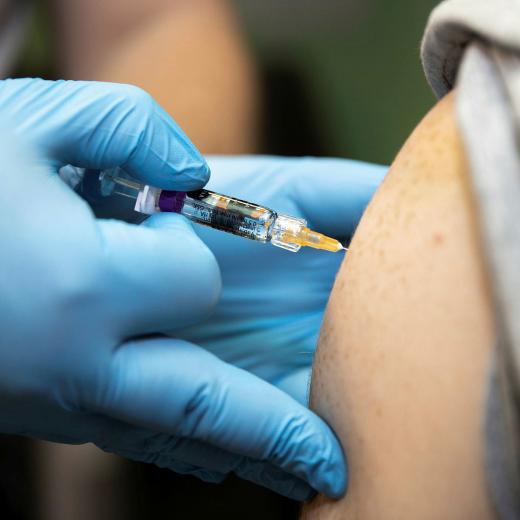BLUF
Many environmentally conscious people consider Lab-grown meat an ethical alternative to conventional meat; no animal is killed, and artificial meat can be modified to make it more nutritious.Summary
This article by Akanksha Singh, writing for News Medical, makes the following points:
- Lab-grown meat is cultivated through the culture process.
- A tissue sample is taken from a live animal, and stem cells are separated from the muscle cells.
- The stem cells are cultured in a medium that provides the cells with the nutrients needed to multiply and transform into muscle and fat cells, eventually forming meat.
- Lab-grown meat is produced in a highly controlled environment.
- The artificial meat is protected from microbes and contamination.
- Growth hormones that are often used in live animals are unnecessary.
- One disadvantage is that the current culture medium used contains Foetal Bovine Serum obtained from the blood of a dead calf, which contradicts the slaughter-free label.
References
Recent Runway Posts related to this topic:
References from the Web:
- MAY 2020 The Problem With Eating Lab-Grown Meat—Medium
- MAR 2021 Lab-grown meat now mimics muscle fibres like those found in steak—New Scientist
- JUN 2021 Nearly half of Australia’s cattle is treated with growth hormones. Is it safe to eat?—The Guardian
Source Information:
- Article Source: News Medical
- Media Check: News Medical - About us (No Media Bias Fact Check)
- RAAF RUNWAY: RATIONALE, GUIDELINES, LEARNING OUTCOMES, ETC |





